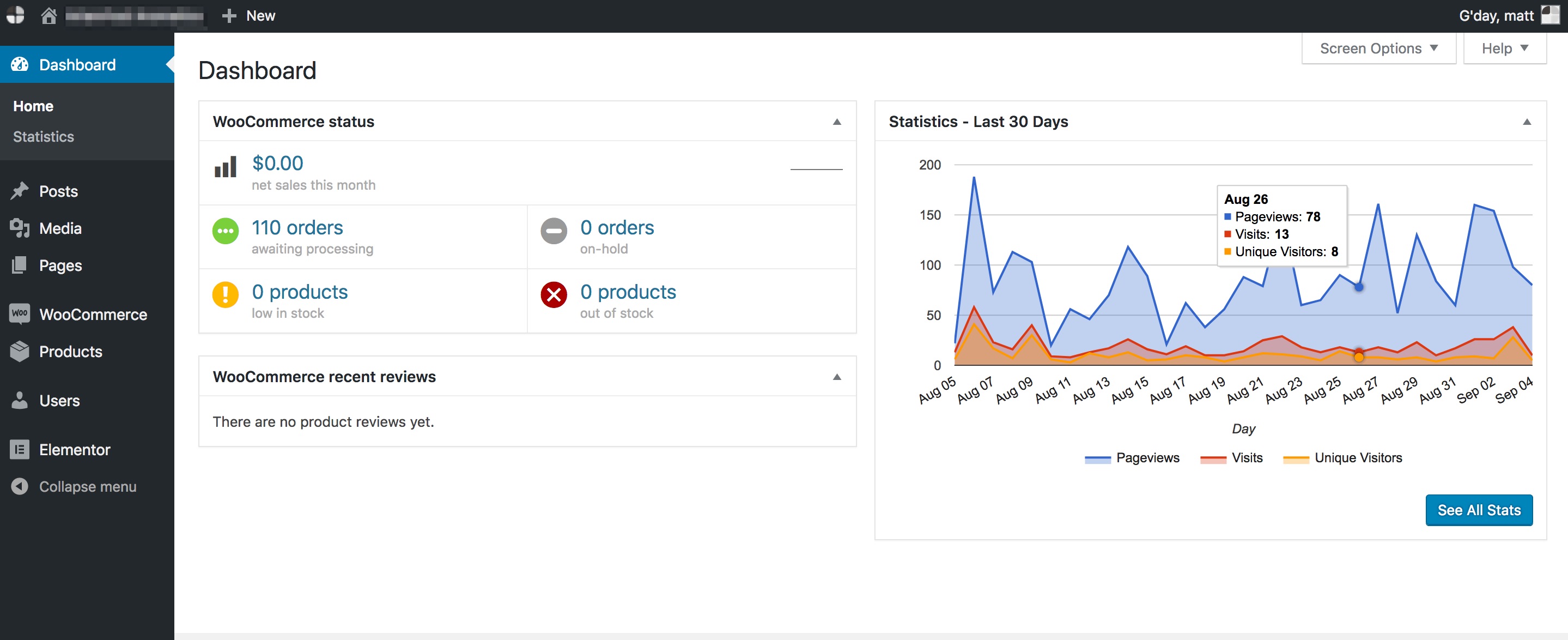"Improving User Experience with Customized Visuals: A Guide to Adding CSS in WordPress" - The Facts

Looking into Various Methods to Incorporate Custom CSS in WordPress
WordPress is a well-liked material monitoring body that enables individuals to develop and handle websites with convenience. One of the key attribute of WordPress is the ability to individualize the appearance of a website making use of custom CSS (Cascading Style Sheets). In this article, we will check out different methods to add custom-made CSS in WordPress.
Approach 1: Using the built-in motif editor
WordPress happens with a built-in motif editor that permits you to change your style's report straight from the admin control panel. To include custom-made CSS making use of this approach, browse to "Look" > "Theme Editor" in your WordPress dashboard. From certainly there, you can decide on the report you want to modify (often style.css) and incorporate your personalized CSS code. Nevertheless, it's necessary to keep in mind that any sort of adjustments created through the motif publisher are irreversible and can't be quickly undone.
Strategy 2: Utilizing a youngster motif

A youngster style is a separate concept that inherits all the performance and styling of its parent theme. Through developing a little one theme, you can create customizations without influencing the authentic parent theme. To include personalized CSS making use of a child concept, initially generate a brand-new folder in your styles directory site and name it something unique (e.g., mychildtheme). Inside this folder, create a style.css report and add your custom CSS code there. Eventually, switch on your kid theme from the "Appearance" > "Concepts" area of your WordPress dashboard.
Procedure 3: Using plugins
There are many plugins offered in the WordPress storehouse that permit you to simply include custom-made CSS without modifying any kind of code. One prominent plugin for this reason is Basic Custom CSS and JS. After putting in and switching on the plugin, navigate to "Look" > "Custom CSS & JS" in your WordPress control panel. From there, you can easily enter into your custom CSS code right into the delivered message location.
Technique 4: Making use of inline designs
Inline styles are CSS designs that are applied straight to an private HTML aspect. While not encouraged for significant modification, it may be a simple and simple way to include tiny snippets of custom CSS. To utilize You Can Try This Source , find the HTML factor you yearn for to style and incorporate the "type" characteristic along with your wanted CSS homes and market values.
Method 5: Using a customizer plugin
Another method to include customized CSS in WordPress is through making use of a customizer plugin. These plugins provide a user-friendly interface for making modifications to your website's appearance, including incorporating customized CSS code. One well-liked plugin is Customizer Custom CSS. After installing and turning on the plugin, you can access the customizer coming from the "Appearance" > "Personalize" segment of your WordPress control panel. Look for an option to include custom CSS code, usually under an "Additional CSS" tab.
In verdict, there are actually several approaches accessible for incorporating custom CSS in WordPress. Whether you like editing report straight, making use of youngster themes, taking advantage of plugins, or opting for inline styles or customizer plugins – each technique has its own perks and factors. Opt for the method that finest satisfies your necessities and skill amount while always keeping in mind the influence it may have on your website's performance and potential updates.
Don't forget to consistently evaluate your adjustments thoroughly prior to creating them live on your website to ensure they have the wanted effect without leading to any sort of disputes or problems along with various other elements of your web site's style.
By exploring these various methods of including custom-made CSS in WordPress, you can easily take complete management over the appeal of your website and generate a special online presence that reflects your individual or company identification properly.
